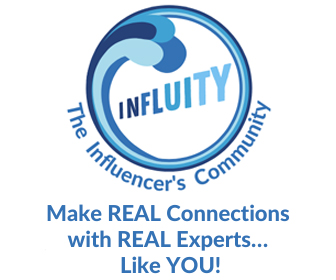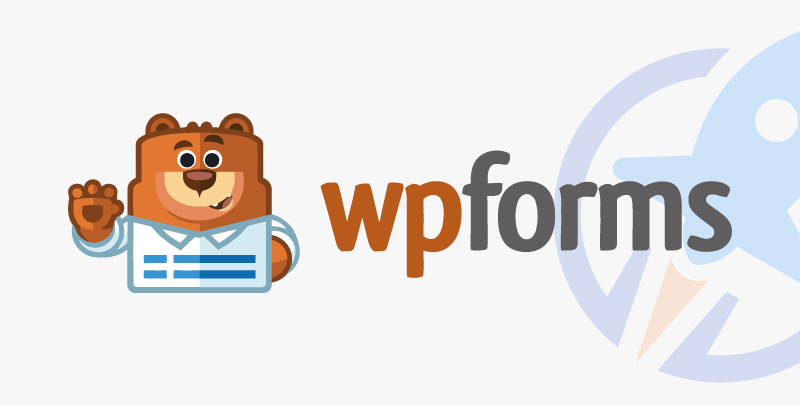Recently I was talking with a colleague who’s interested in improving the quality of her first drafts of written materials. Specifically, she’s focused on the development of PR plans, press releases, articles, and proposals.
I’m excited about her commitment to building her skills, so I prepared this checklist of questions to help her assess her work. I also wanted to share this checklist on our blog so that others can use it as a rubric.
- What is the purpose of the document? How it will be used?
Understanding the purpose of your writing ensures that it serves its intended function and meets the needs and expectations of its audience. This means clearer communication and better outcomes. Knowing the document’s purpose informs the information you’ll include and its organization, style, and tone.
- What information do I need to include? Why does it need to be included?
Think about the document’s audience and purpose. What information do the readers need to understand what you’re explaining, to believe what you’re arguing, or to act on your call to action? This includes any supporting documents, appendices, or additional resources that may be relevant.
- How should I present the information? What are the pros and cons of one format over another?
Your presentation should match your audience and purpose. Sometimes you might need to ask your client or manager which format works best. Other times, you need to use your best judgment to decide if it should be presented in a Word document, email, Excel, or PowerPoint.
- Is the information well organized? Does the structure make sense?
How does the client or manager typically like things organized? If you don’t have this information, ask yourself what are industry best practices around organizing the information?
You can look at successful examples of similar work to see how they’re organized or use a chatbot to brainstorm ideas. For example, you can ask a chatbot for suggestions on structuring a report, creating an engaging communication plan, or formatting a proposal according to industry standards. Organize the information logically and use headings and subheadings to make navigation easier for readers.
Just don’t become overly dependent on AI tools. It’s a great idea to look for opportunities to continue to develop one’s critical thinking and proofreading skills.
- Is your information accurate? How can you demonstrate that?
Have I verified all the facts and figures? Are my sources credible and current? Have I cross-referenced the information with multiple sources and included citations? Accuracy is paramount. Double-check that all information is correct, verified, and up to date.
- Is your information clear and concise?
Clear and concise communication is key. Avoid using jargon unless the client is familiar and prefers using it. Also keep in mind that reviewing and internalizing information takes time and energy, and those are precious resources. Therefore, you should strive to present your information as clearly and concisely as possible to make it easier for the reader to absorb.
If you’re unsure about your work and have access to a secure chatbot workspace, you can ask it to tell you what a reader might take away from a particular paragraph. This can serve as a valuable feedback mechanism to ensure clarity and effectiveness.
- Have you customized the information for a particular client or manager?
Personalization can make a significant difference. Tailor your content to address the specific needs, preferences, and objectives of the client. Another way to customize materials is by using relevant and specific data or case studies. This shows that you understand their unique situation and have crafted your deliverable with them in mind.
For example, we have a client who has asked us to avoid using words such as “harness” or “utilize.” Another client is committed to taking a humble stance in press materials, preferring to put the focus on their customers’ successes versus their own. Knowing this enables us to review materials to ensure that they meet their specific criteria.
- Does it flow well? Have I read it aloud?
Pay particular attention to transitions. Reading your work aloud can help you catch awkward phrasing, repetitive structures, and areas where readers may stumble. If writing sounds natural and smooth out loud, it likely flows well.
You also want to ensure your ideas are presented in a logical order. Each paragraph or section should naturally lead to the next, building on previous information without abrupt shifts.
- Is the document error free? Have I checked the grammar and spelling?
Review the document for proper grammar, spelling, and punctuation to maintain a high standard of professionalism. Spelling and grammar errors immediately diminish my perceptions of the work.
By following this checklist, you can ensure that your deliverables are not only client-ready but also impactful. Accuracy, professional presentation, clarity, customization, value proposition, and compliance all contribute to high-quality client deliverables. Taking the time to thoroughly prepare and review your work will help you build stronger client relationships and achieve better outcomes.
The post How to Ensure Your Work is High Quality first appeared on Communiqué PR.













